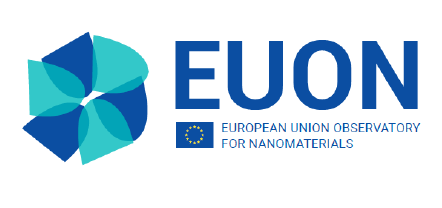Study finds EU regulatory framework ready for the next generation of nanomaterials

A study commissioned by the EU nanomaterials observatory has found that the current EU framework for characterizing and identifying “next generation” nanomaterials is able to address the majority of them and that no significant changes will be needed in the near future.
The study looked into “next generation” nanomaterials and whether the current terminology used in the EU chemicals regulations, as well as the implementation of the current legal requirements for identifying nanomaterials, are likely to pose technical challenges for these “next generation” materials.
The findings indicate that although the regulatory framework is well-equipped to handle these materials in the near future, further guidance would benefit companies registering nanomaterials under the REACH Regulation. The study goes on to propose further clarifications for some parameters characterising both nanomaterials and their uses and that the guidelines on how to determine whether an object is an article under the REACH Regulation could be complemented with specific examples of different nanomaterials, from simple nanoparticles to more complex assembly structures.
ECHA is updating its guidance on the identification of nanomaterials following the changes in the REACH annexes. The updated guidance is expected to be published later this year.
The study was commissioned by the European Union Observatory for Nanomaterials (EUON) and was carried out by Risk & Policy Analysis Limited (RPA).
Background
Member States voted to revise the REACH annexes to include specific information requirements for nanomaterials manufactured or imported on the EU market in quantities above one tonne. The new requirements apply from 1 January 2020 and will enable companies and authorities to systematically assess the hazardous properties of nanomaterials, how they are used safely, and what risks they may pose to our health and the environment. This information will help authorities in the EU to identify if further risk management measures are needed.
The EUON aims to increase the transparency of information available to the public on the safety and markets of nanomaterials in the EU. A key aim of the observatory is to create a one-stop shop for information, where EU citizens and stakeholders including NGOs, industry, and regulators can all easily find accessible and relevant safety information on nanomaterials on the EU market.